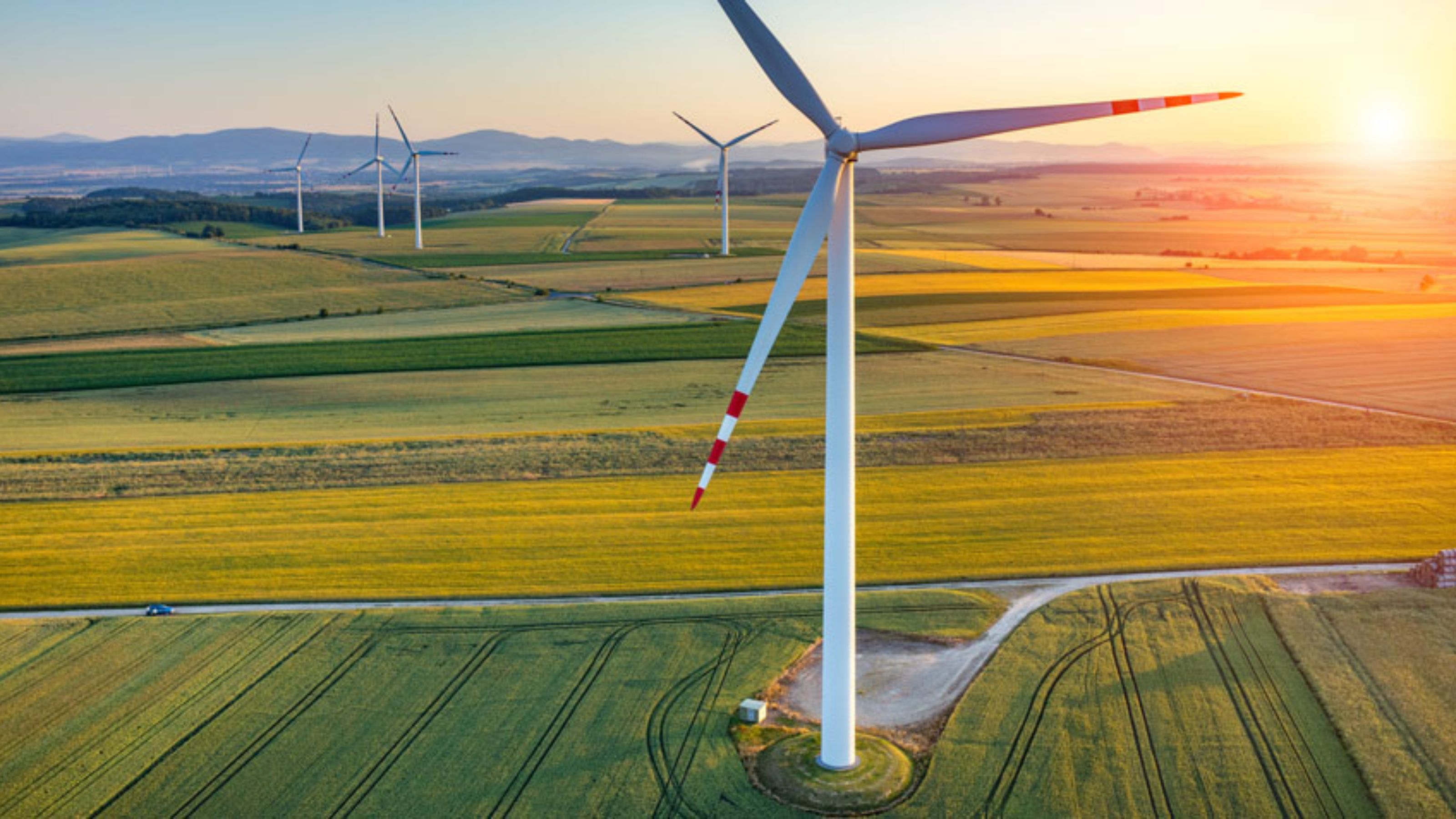One of the great things about the University of Alberta is we all have the privilege to be immersed every day in an environment of learning and inquiry. Life-long learning is a key part of that, and I’m proud that U of A has such an impressive group of online courses freely available to the public that cover a wide range of topics. Indigenous Canada is a shining example of our success in delivering free online programming, with more than 500,000 people signing up for the course since its inception in 2017.
There’s a new U of A online course that launched this past November which caught my eye. So, over the winter break, I completed 21st Century Energy Transition: How do we make it work?, taught by Professor Brad Hayes, Adjunct Professor in Earth and Atmospheric Sciences in the Faculty of Science in the College of Natural and Applied Sciences.
This course tackles a timely topic. Every day, we read news about the urgent challenges of climate change caused by increasing greenhouse gas (GHG) emissions worldwide. I wanted to learn more about our options as a society and what we can do to advance energy transition and address climate change.
During the six-week course, Professor Hayes – with the help of multiple guest lecturers – broke down complex topics in a way that was highly engaging and accessible. The course details the pros and cons of all the primary energy sources, including fossil fuels, nuclear, hydro, wind, solar and biomass. It is clear there is no single energy source or technology that will act as the definitive way forward. Instead, Professor Hayes stresses the path forward will likely involve a mix of technologies, including some that have yet to be developed. We must keep looking for innovative solutions, something we excel at here at the U of A.
Throughout the course, I was reminded that we are making significant progress, but that progress has been slow. Even with all the attention paid to climate change over the last twenty years, we still have a long way to go to make energy transition a reality. Like all major energy transitions in the past, it’s likely that the transition will be gradual and will take decades, but - given the existential challenge of climate change - it is vital that we move forward as quickly as possible.
Even as the world reduces the use of fossil fuels in transportation (with the rapidly growing use of electric vehicles and hydrogen for heavy transportation), the course also makes it clear that the world will still need a significant supply of oil for the foreseeable future because oil is used as a raw material for many products, from airplane bodies to clothing and pharmaceuticals. Alberta has the opportunity to continue to supply a significant share of the world’s oil demand if it can produce competitively priced oil with very low net GHG emissions. Reducing GHG emissions in oil production will be critical, which is why the world-leading initiatives in Alberta around carbon capture and storage are so critical.
There are many complex social and cultural issues associated with climate change and energy transition that the course explores. I appreciated how the course highlighted the key issues:
- How can we balance the need for energy security with the need to advance energy transition and address climate change?
- How do we tackle the issue of global energy equity – the lack of access to sustainable modern energy – that affects lower-income countries and many rural areas?
- How can we incentivize consumer change to reduce energy consumption?
I came away from this course with a better sense of how complex and multidimensional energy transition will be. The path forward will require significant public and private investments in developing new technology and infrastructure. Most of all, I learned that there is a path forward, and as a key global leader in energy transition research, the U of A has a vital role to play.
On February 22, I’ll be leading a panel discussion at the Canada-in-Asia Conference in Singapore, where we’ll be focusing on energy transition, climate change and environmental sustainability. This course gave me an excellent primer on these topics, and I look forward to delving deeper into these topics using some of the information I learned in Professor Hayes' course.
I can’t recommend 21st Century Energy Transition: How do we make it work? highly enough. It’s a thought-provoking resource that once again makes me so proud of the world-changing work being done at U of A.
Bill Flanagan
President and Vice-Chancellor
